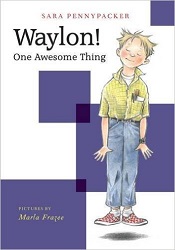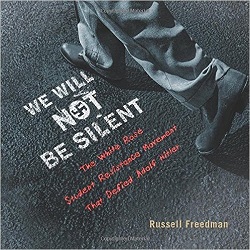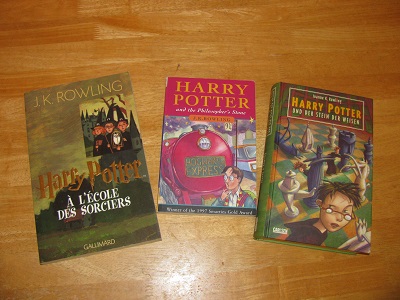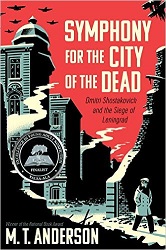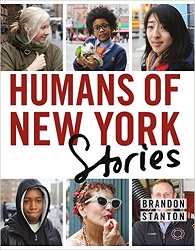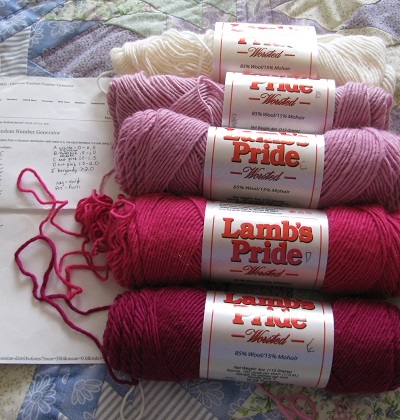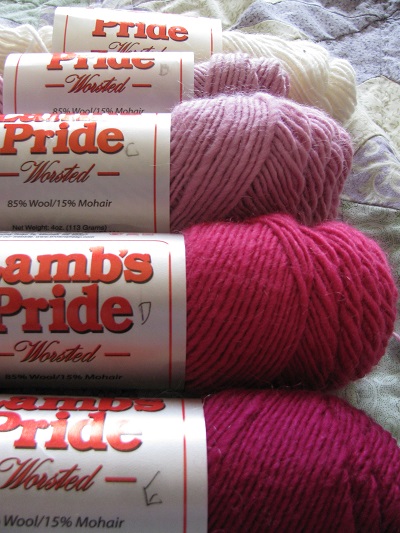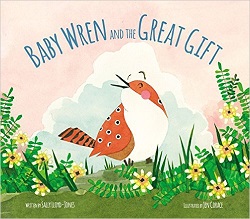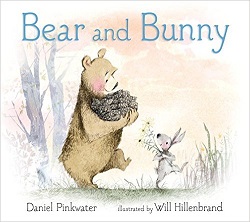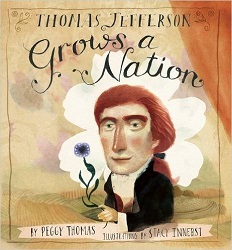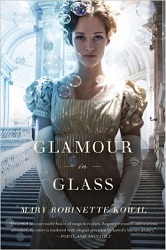Review of Waylon! One Awesome Thing, by Sara Pennypacker
One Awesome Thing
by Sara Pennypacker
pictures by Marla Frazee
Disney Hyperion, 2016. 198 pages.
Starred Review
Here is some consolation that the series of books about Clementine has finished. We don’t have to totally say good-by to Clementine, because now we can get to know Waylon. Waylon is Clementine’s classmate, and now they are in fourth grade.
Sara Pennypacker is a genius at dramatizing child-sized concerns. Waylon is a budding scientist now navigating things like a leader in his class dividing everyone in the class into teams. And his teenage sister Charlotte has changed her name to Neon and wears nothing but black. Then a kid from last year is back – and he looks like trouble. Which team will they put him on?
Waylon doesn’t like the idea of teams, but he still finds he wants to be put on a team. He’s got a problem with blurting out scientific facts that seem exciting to him.
Waylon gets a journal where he can write down his awesome ideas. Soon a cause comes up that seems worth all his energy. Will it bring the class together?
I just don’t find it in me to be quite as big a fan of Waylon as I am of Clementine, but I strongly suspect he’ll grow on me. And I’m glad that there’s something more, but a little bit different, for fans of Clementine.
I like Waylon’s family almost as much as I like Clementine’s family. His mom is a scientist with a lab. His dad is a writer who often does acting in the park on Saturdays. On the Saturday we see, he’s posing as a living statue of Ben Franklin who moves suddenly and surprises people. Waylon learns useful things from watching him.
Here’s what Waylon does in the park after spending some time watching his dad:
Waylon . . . took off to find a good place to play Want This Dog?
Waylon stretched out on an empty bench with a view of the park. He would never have a dog – ever – because his mother was deathly allergic. But that didn’t mean he couldn’t pretend. Whenever a dog went by, he imagined that its owner was trying to give it away. No thanks, he imagined himself saying to a woman with a poodle. Too fluffy.
No, he thought when a teenager tugged a Saint Bernard past his bench. Too slobbery.
Playing Want This Dog? Made him both sad and happy at the same time. It hurt to see all those dogs he could never have. The truth was, he would have loved to take any of them. Still, it made him feel strangely happy that in all the times he’d played, he had never imagined himself answering Yes.
If he didn’t know better, he could believe that the perfect dog – the one meant just for him – was waiting out there. But waiting for what, he couldn’t imagine.
Once again, I like the way Sara Pennypacker brings all the disparate threads in Waylon’s life together, in a completely satisfying, but realistic, climax.
sarapennypacker.com
marlafrazee.com
DisneyBooks.com
Find this review on Sonderbooks at: www.sonderbooks.com/Childrens_Fiction/waylon.html
Disclosure: I am an Amazon Affiliate, and will earn a small percentage if you order a book on Amazon after clicking through from my site.
Source: This review is based on a library book from Fairfax County Public Library.
Disclaimer: I am a professional librarian, but I maintain my website and blogs on my own time. The views expressed are solely my own, and in no way represent the official views of my employer or of any committee or group of which I am part.
What did you think of this book?
